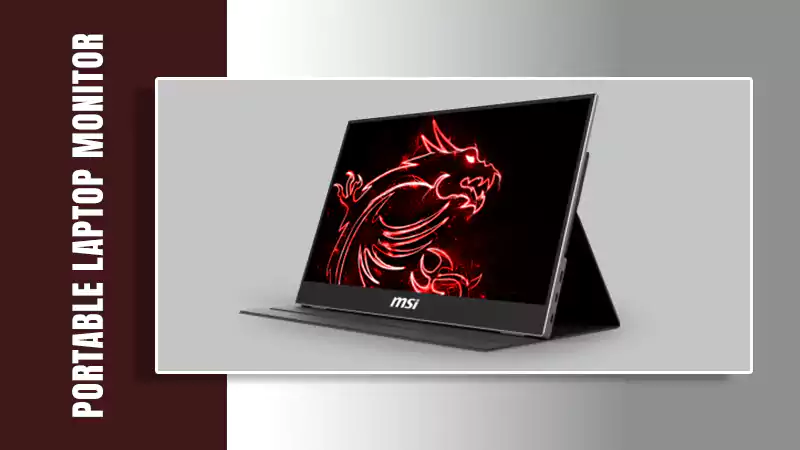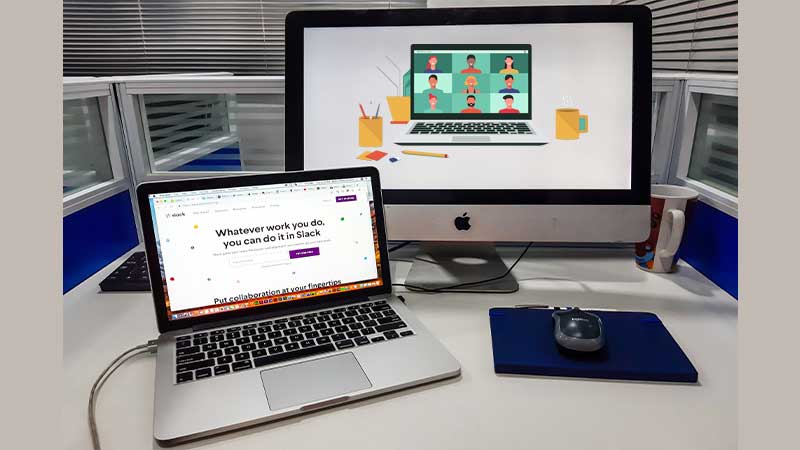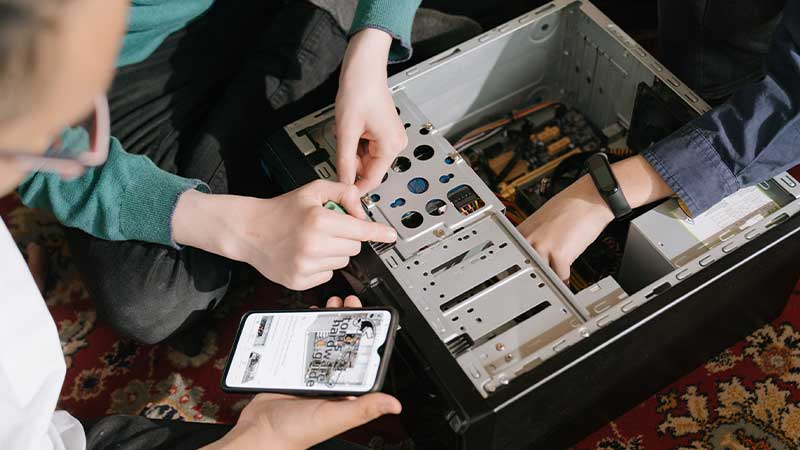What are Centronics Connectors?
Centronic connectors were created by the Centronics Corporation from New Hampshire. During the 1970s, they created printers that you could use with your computer. However, computers became more and more popular, and because of that their connectors increased in popularity as well. The Centronics corporation was eventually acquired by TallyGenicom, however, their name continues to live on through their connector.
Understanding the Centronic Connectors
What makes its connector unique is the fact that it has a plastic bag in the center of its body. That bar’s role is to hold the contact pins. Many times, the connector body is blue in color, which is certainly a thing to take into consideration.
You should note that the first Centronic connectors available were only sending data in a single direction. They were also focused on just a single device type, which in that situation was a printer. However, as new peripherals were created, the IEE started to approve the expansion for new Centronic connectors – https://www.tme.com/us/en-us/katalog/centronics-connectors_100037/. There are 5 operative modes, which include ECP, EPP, bite, nibble, and compatibility.
The original interface for the Centronic connectors was the compatibility mode. This is used with the older laser printers and dot matrix printers. You can also combine it with the nibble mode as needed. The nibble mode’s role is to send data back to the computer, and it does that in 2 4-bit nibbles. Then you have the byte mode, which is transferring a single byte from the peripheral to your computer. EPP is using data cycles to transfer data and it also relies on address cycles as well. ECP is using channel addressing, and it’s bi-directional, you can find it in the case of faxes and scanners.
Are There Certain Specifications?
Yes, the Centronic connectors have different specifications. Devices will differ when it comes to gender, plating, but also housing, and mountain. There are other differences like insulation or contact resistance, not to mention the overall number of contacts you can have as well.
What’s important to note is that most of the time Centronic connectors are plated with silver, nickel, gold, or copper. Their housing is made either out of plastic or out of metal, depending on the situation. With that being said, you can use receptacle mounting, especially in places where you need the panel cutouts. You can also have dummy receptacles that store the cable assembly connector plugs.
Centronic Connector Applications
While at first the applications for Centronic connectors were quite limited, these days we can have a vast range of different applications, all of which are incredibly interesting. With that being said, some of these connectors are only working with specific peripherals that have the IEEE 1284 standard supported. You can also find some that can be used with devices that have the SCSI interface. You can also have nano connectors and micro connectors that work with the Centronic connectors. If some peripherals are not supporting Centronic connectors, they usually offer support for the BNC or USB connectors.
Centronic Connector Types
There are 3 primary types of Centronic connectors, each one with its fair share of benefits. Centronic 36 is a very common one, and it has 36 contacts, hence its name. it has a rectangular body, and the interior has two pin rows, every row featuring 18 contacts. It can be female or male, and the female one has a part sticking out. You can use it for printers, among a vast range of other different situations and solutions.
Centronics 50 is larger since it still has two rows, but every row has 25 contacts and not just 18. With that being said, it’s designed to offer a better grip, and the connectivity is improved exponentially as well. Generally, you will use this for the SCSI-1 devices, like scanners, storage devices, and so on. Over the years, this has also been named the Telco connector.
Then we have the Micro Centronics 36. This one is a compact version of the first one, it’s half the size and it can be used by fax machines or printers. Its size certainly makes it very useful, and you can save some space with it.
Conclusion
Centronic connectors have been around for a very long time and they continue to stand out as an incredible, versatile and professional solution. They are efficient, and easy to use, but also high quality and durable. Even if they were invented many decades ago, they’ve always been improved and adapted to modern hardware. Sure, even if there are some replacement options at this time, the truth is that many older hardware pieces still rely on Centronic connectors. This is why you can find them on the market quite often. It’s a very good idea to have these Centronic connectors, as they deliver great efficiency and quality, which translates into amazing results for your particular project!
Why Do You Need a Portable Laptop Monitor…
5 Benefits of Hiring Professionals for Computer Repair
Refurbished Laptops and Desktop Pcs – Are they…
3 Facts About Computer Repair to Encourage You…




